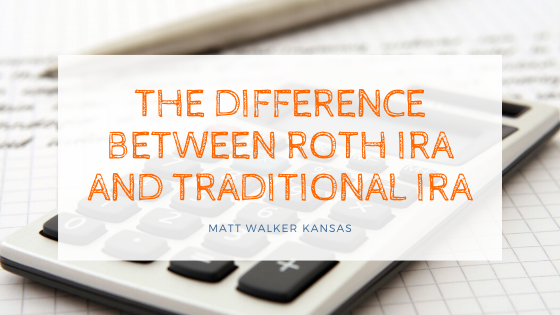When it comes to saving for retirement, many people think of 401(k) plans offered by their employers. However, there are many employers that do not offer these retirement plans. This means that a large number of Americans need another option. This is where an IRA can come into play. There are two types of individual retirement accounts that people can utilize to save for retirement. These options are the traditional IRA and the Roth IRA, and they have some differences that future retirees will want to take into account.
Tax Treatment
One of the biggest differences between traditional and Roth IRAs is the way they are taxed. Those saving in a traditional IRA will get a tax break immediately. Qualified contributions to a traditional IRA are tax-deductible in the year made, and this means that they will cut an individual’s taxable income in a given year. A married couple filing jointly could double the savings. Contributions to a Roth IRA are made with post-tax dollars, however. There is no reduction to a household’s adjusted gross income for those who save in a Roth account.
Withdrawals
Both IRA options require an account holder to reach age 59 1/2 before withdrawals can take place free of any penalties. Additionally, both Roth and traditional IRAs allow for contributions to grow without taxation until they are withdrawn. Roth IRAs allow for tax-free withdrawals, and account holders can withdraw their contributions at any time because they have already been taxed. Any earnings from a Roth IRA are tax-free if taken after age 59-½ and once the account has been open for at least 5 years. Traditional IRA withdrawals are taxed at a household’s marginal tax rate when the withdrawal takes place.
Required Distributions
Individuals control when they withdraw funds from a Roth IRA. The IRS has more of a say in when people make withdrawals from traditional IRAs. Those who hold a traditional IRA will need to make required minimum withdrawals each year once they hit age 72 (unless they’re still working) or take a big tax hit. The amount of the minimum withdrawal depends upon a person’s age and increases over time. Those who have a Roth are not required to withdraw any money at any time. This is a great option for passing down wealth to future generations while minimizing a family’s tax hit each year.
These are just a few of the major differences between Roth IRAs and traditional IRAs. Holding funds in both could be beneficial for future retirees. Both can be a great option for those who want to save for retirement on their own.
Traditional IRA withdrawals are subject to ordinary income taxes, and if taken before age 59-½ are subject to an additional 10% federal penalty. Withdrawals of earnings from a Roth IRA before age 59-½ and before the account has been open for 5 years are subject to a 10% federal penalty.

